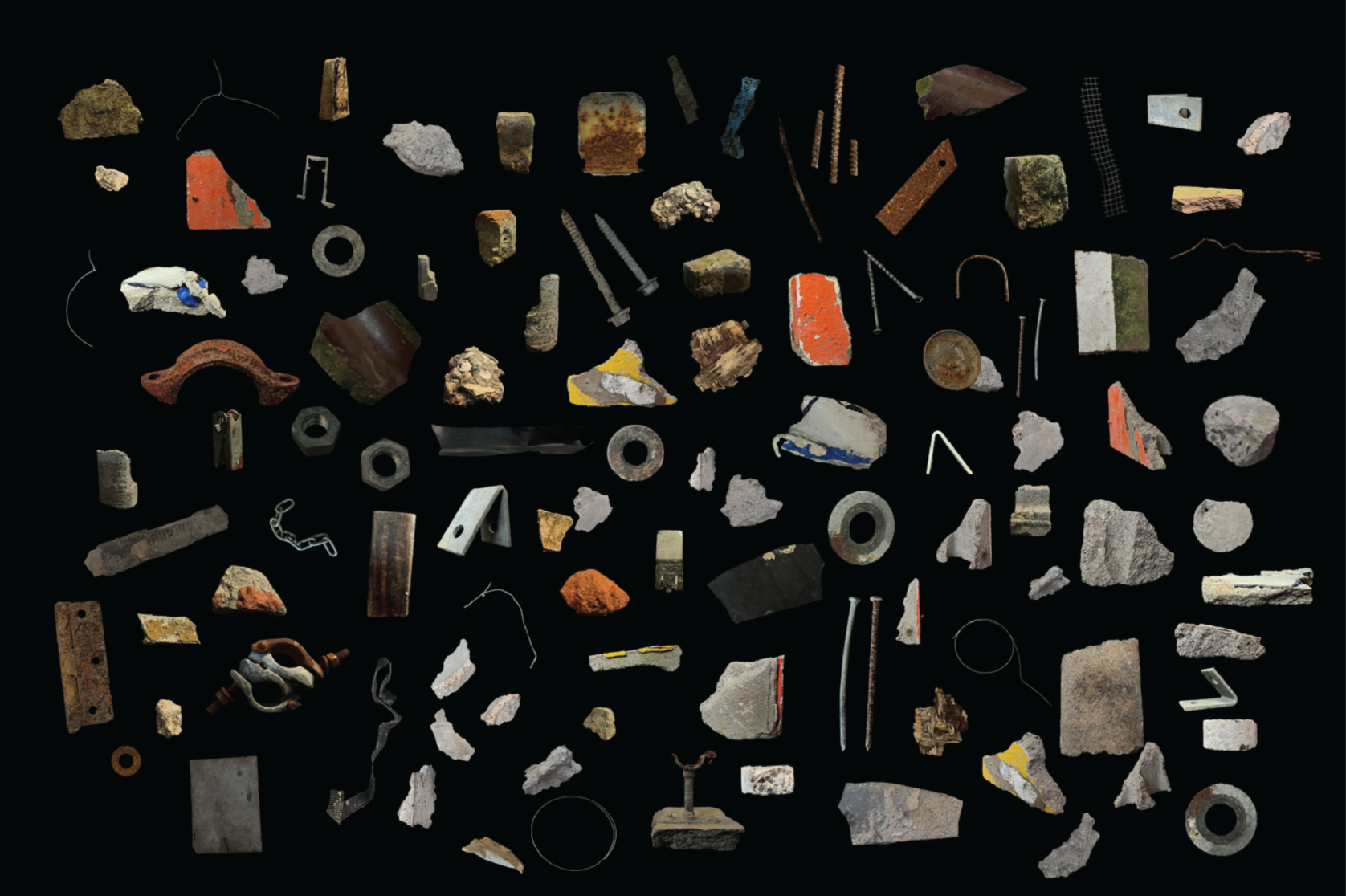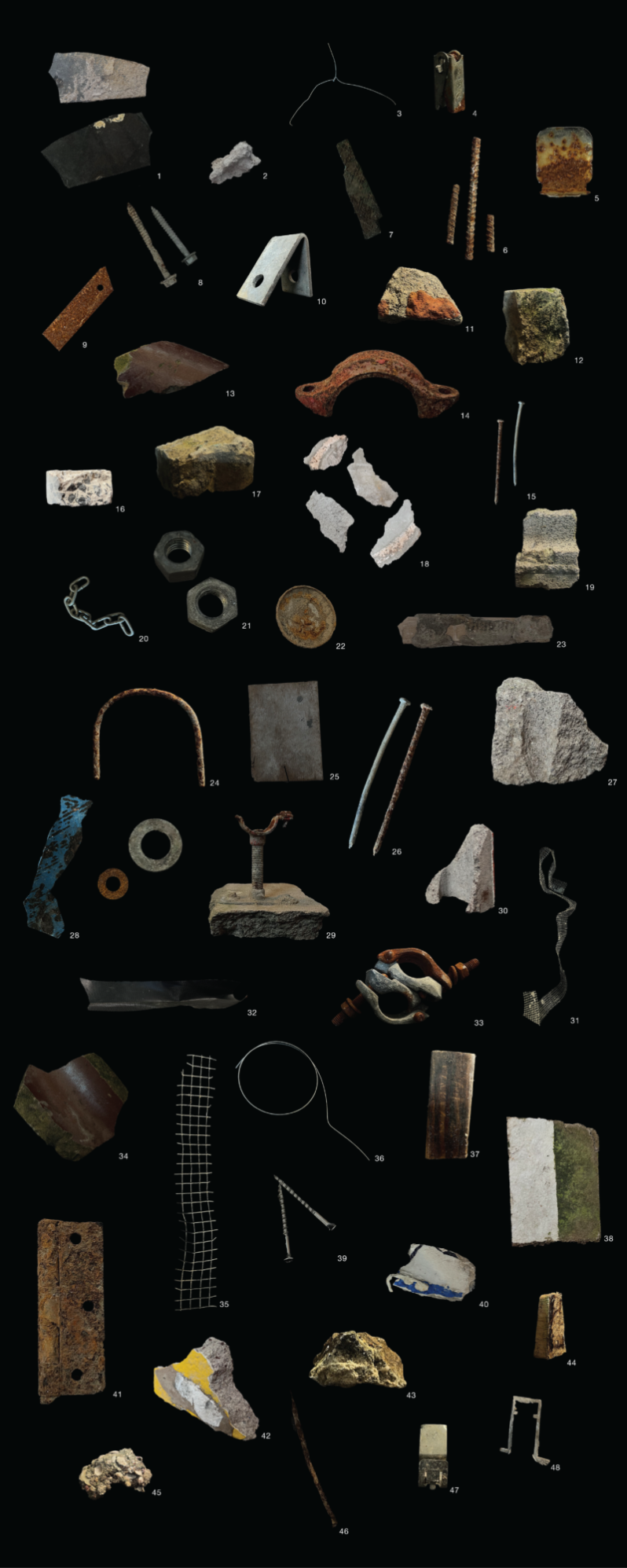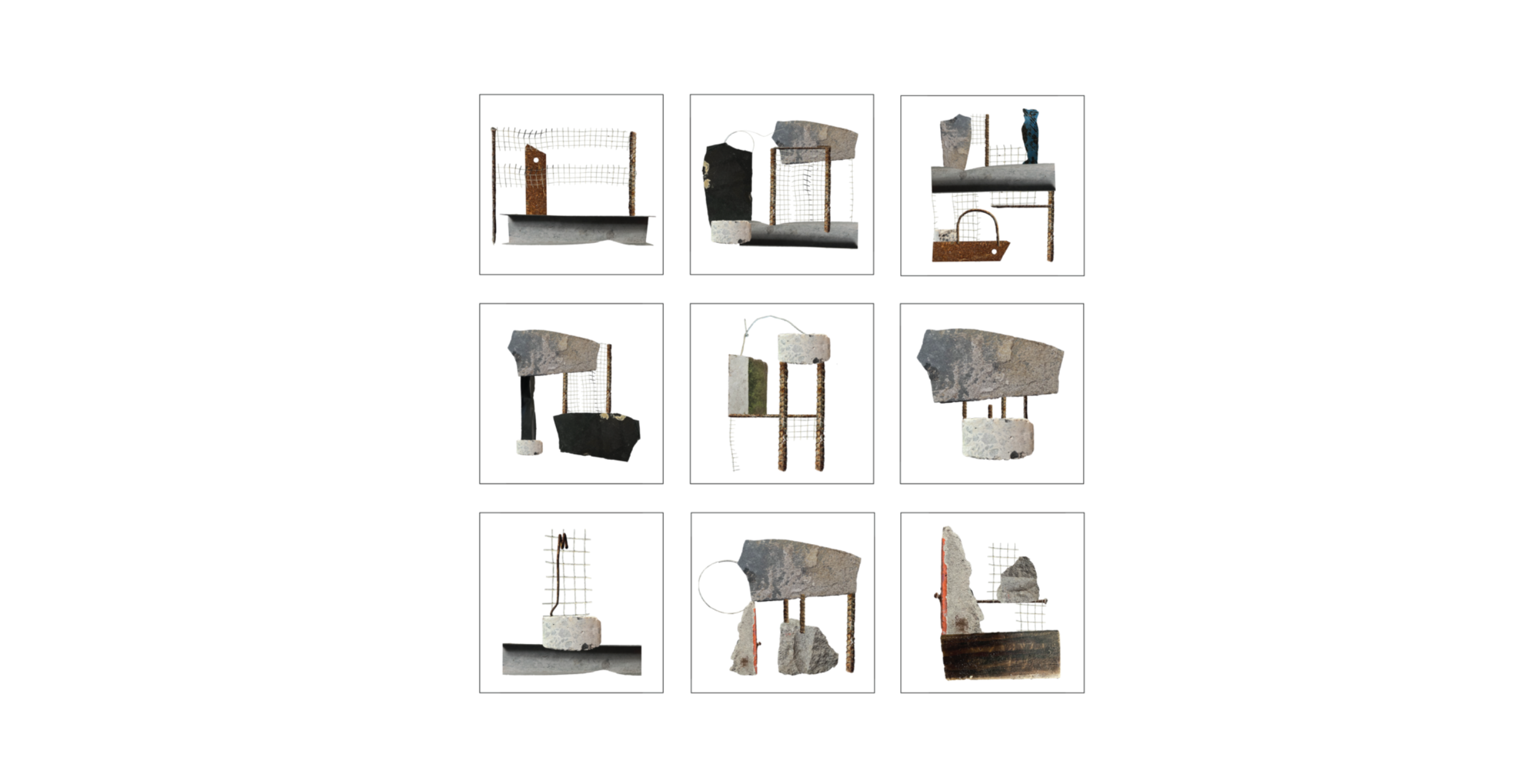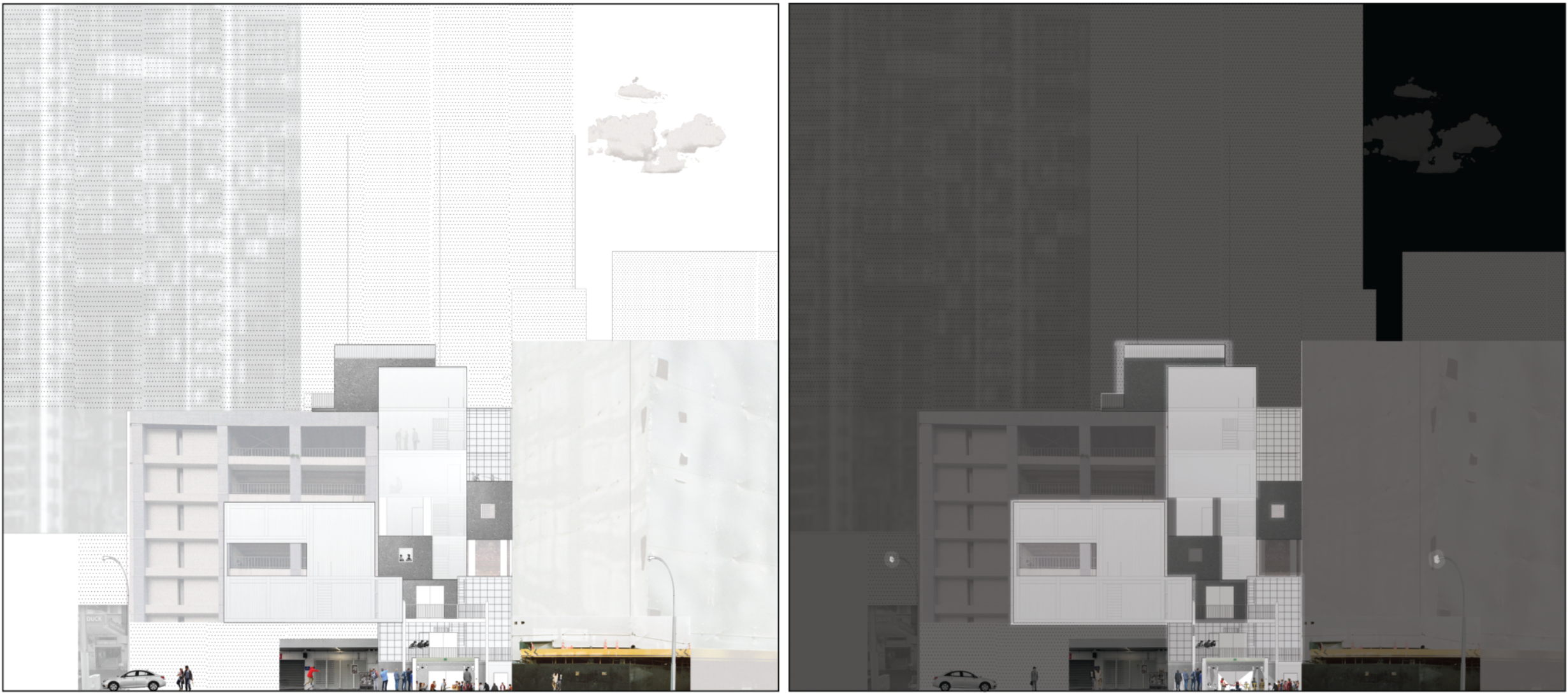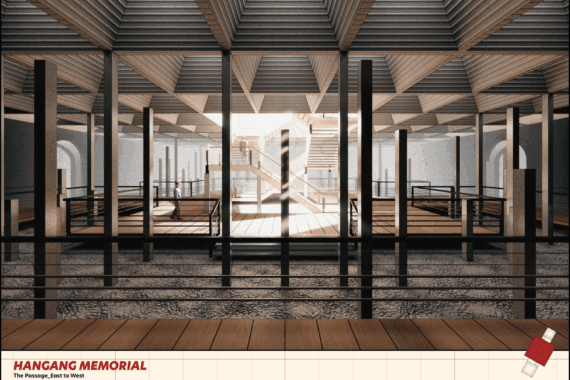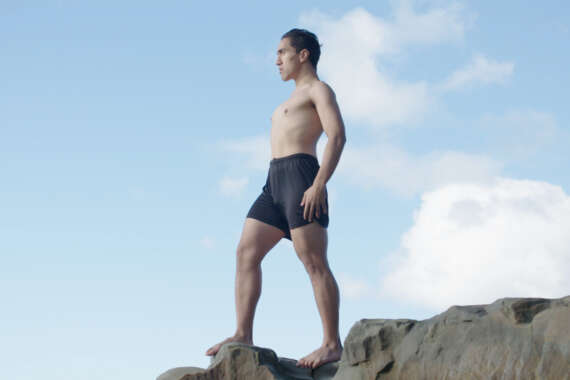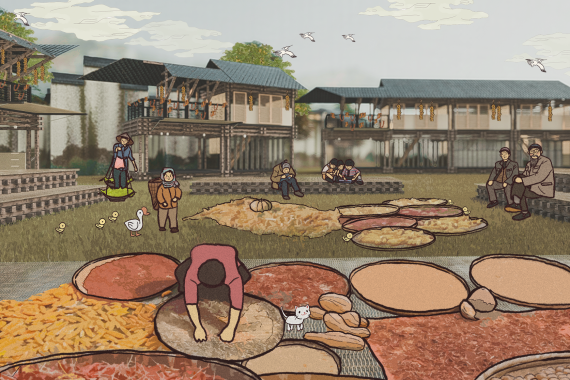The deep inanity of the Tāmaki Makaurau CBD is its mundanity, for those who live there and those who pass by. While urban development maintains its focus on commercial expansion and profit, little space is left for creative presence and culture, which presents itself as a broken cycle. A cycle that functions under the continuous, circular notions of renewal, while neglecting those that exist outside of perceived economic value.
The urban fabric presents nooks of derelict space appearing in states of ruin, or ‘Terrain Vague’. Examples of spaces defined as Terrain Vague include abandoned construction sites, unused or under-utilised sites and un-inhabitable spaces. These spaces sit outside of the functional perception of a city as failures of urban development, with few people engaging with the environment. However, Terrain Vague holds potential, where an alternative meaning of space can be curated, challenging the way in which we perceive this void within a realm of ruin.
The chosen site of this thesis is an abandoned construction site on Fort Street in the lower CBD. The site sits dormant, representing that of a neglected site, with graffiti-scattered walls and disregarded objects of construction.
